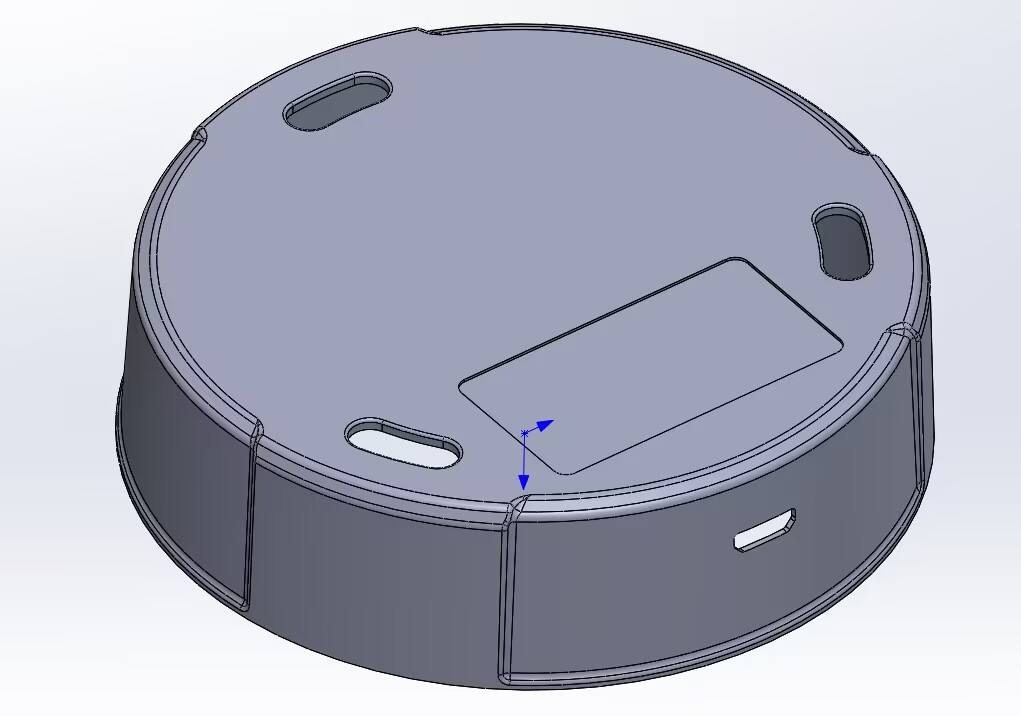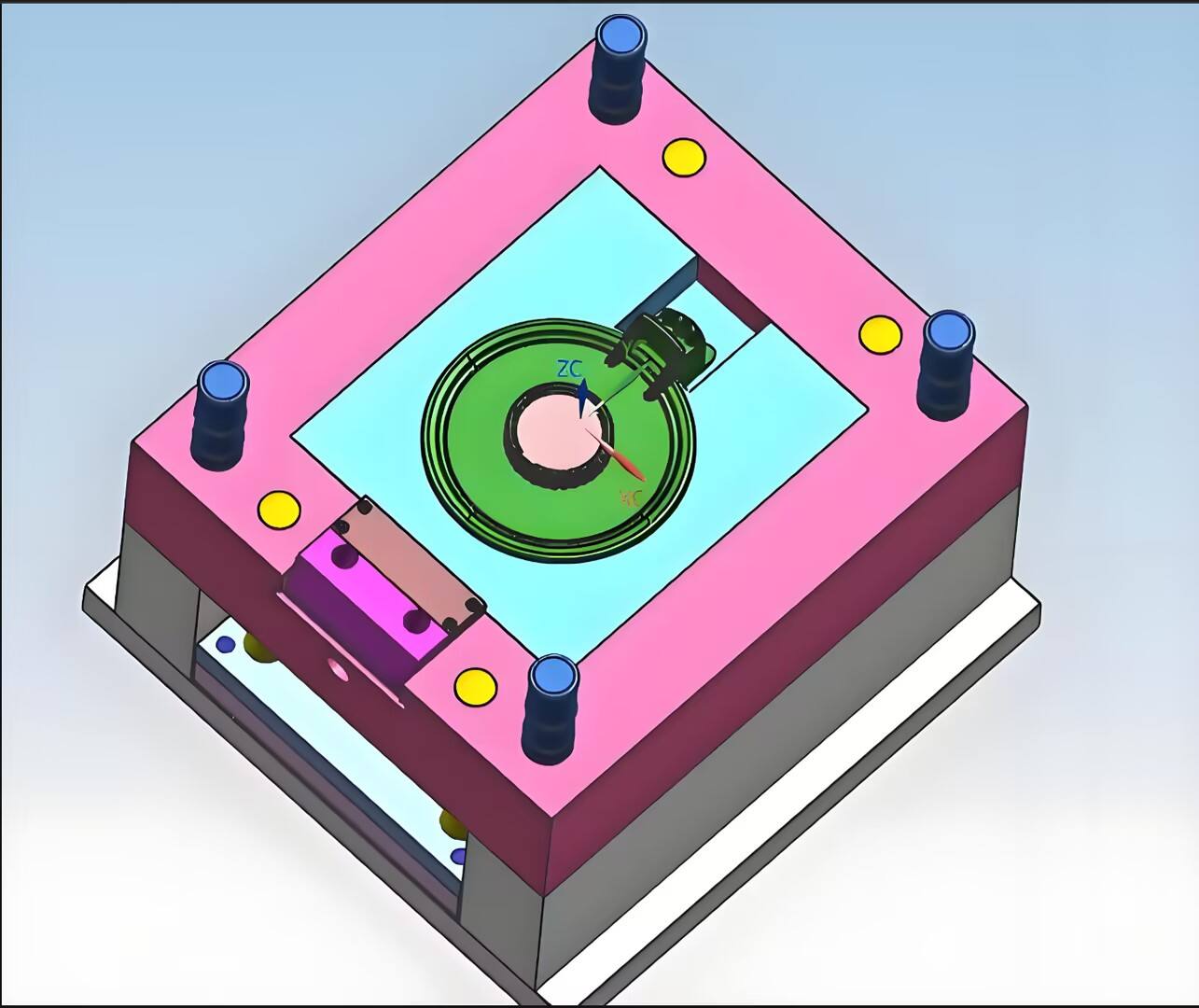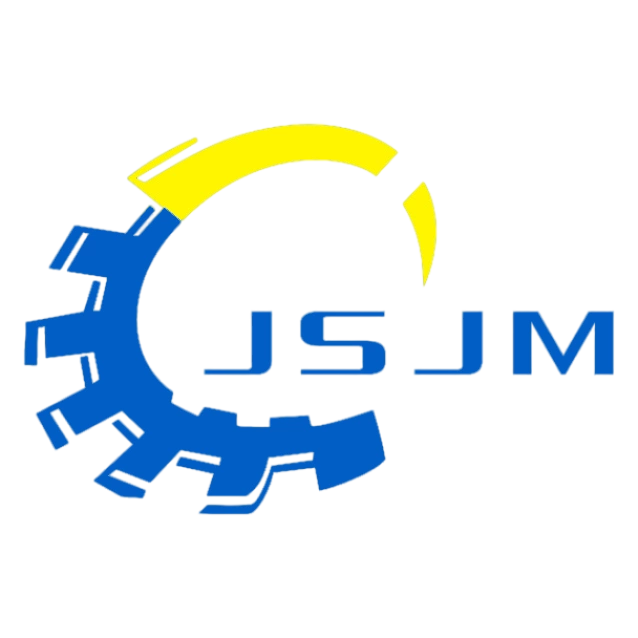Analysis of key points of mold design of circular product three-sided slider
In the field of injection mold design, round products pose unique challenges due to their symmetry and fluid geometry. As a special type of die, the design and manufacture of three-sided slider die is very important for the efficient production of complex circular products. This paper will discuss the key points of mold design of circular product three-sided slider, and provide practical guidance for mold engineers.
1.product analysis and mold planning
Before designing the three-sided slider mold, it is necessary to conduct a comprehensive analysis of the circular product. This includes the product's diameter, height, wall thickness, tolerance requirements, and any special functional requirements. Based on these parameters, the mold designer can plan the basic structure of the mold, including the number of cavities, the layout, and the position of the slider.
2.slider design
The design of the three-sided slider is the core of this type of mold. Each slider must be precisely designed to ensure smooth release during injection molding. Slider design needs to consider the following aspects:
Slider Angle: The Angle of the slider should be designed so that it can be smoothly removed from the shape of the product, and a multi-angle analysis is usually required to determine the best slider Angle.
Slider guide: In order to ensure the smooth movement of the slider during the opening and closing process, the design of the guide must be precise to ensure the correct positioning and movement of the slider.
Slider locking mechanism: In the closed mold state, the slider needs to be firmly locked to prevent deformation of the product under injection pressure.
3.parting surface design
The design of parting surface is very important for the demoulding of round products. The parting surface must be designed precisely along the circular outline of the product to ensure that the product can detangle smoothly from the mold. At the same time, the design of the parting surface also needs to consider the strength and durability of the mold.
4.ejector system
The design of ejector system needs to take into account the particularity of the three-sided slider. The position of the thimble or ejector rod must be carefully arranged to ensure that the product can be evenly stressed to avoid white or jacking. In some cases, an auxiliary ejector mechanism, such as a gas cap or hydraulic ejector system, may be required.
5. cooling system
The design of the cooling system is crucial to controlling the cooling rate of the product and preventing deformation. The cooling water should be evenly distributed in all parts of the mold, especially near the slider and cavity, to ensure uniform cooling.
6. Mold materials and surface treatment
Choosing the right mold material and surface treatment process is very important to improve the durability of the mold and the surface quality of the product. For round products, it is usually recommended to use high-hardness, corrosion-resistant materials, and special treatment of the mold surface, such as nickel plating or chromium plating, to improve wear resistance and anti-viscosity.
7. Mold testing and optimization
After the mold design is completed, it is necessary to carry out the actual injection molding test. Through testing, potential problems in the design can be identified and optimized. This may include adjusting the Angle of the slider, improving the ejection system, or optimizing the cooling system.
Conclusion
The design of three-sided slider mold for circular products is a complex process, which requires comprehensive consideration of product geometry, mold structure design, material selection and injection molding process. Through precise design and meticulous manufacturing, high quality production of round products can be ensured. Mold designers must constantly learn and adapt to new technologies to meet increasingly stringent product requirements and market challenges.



